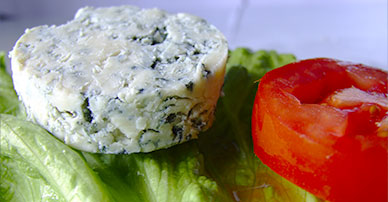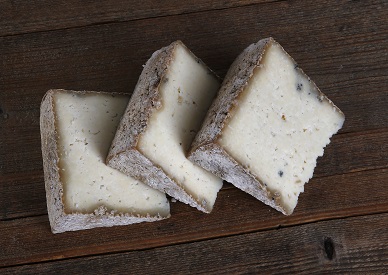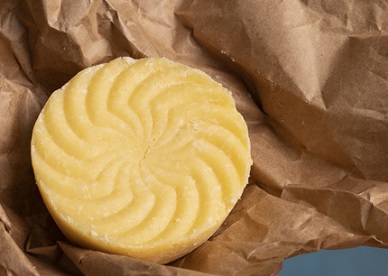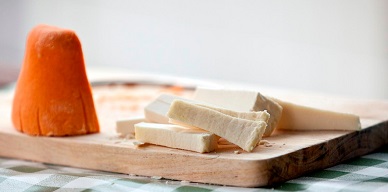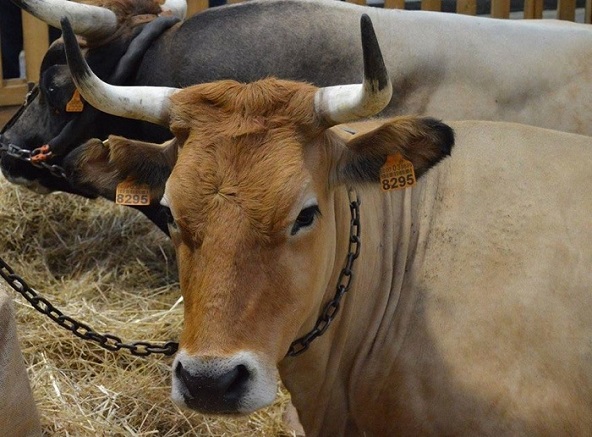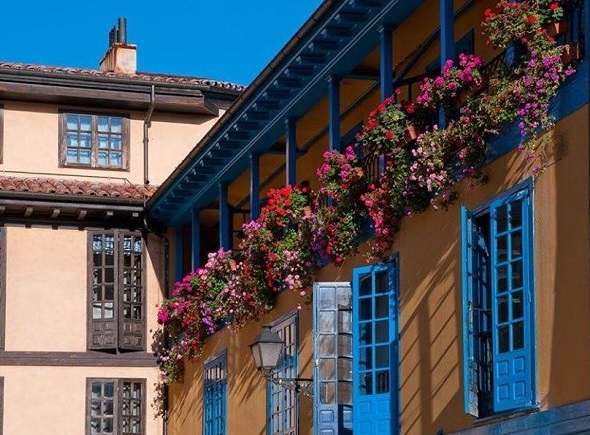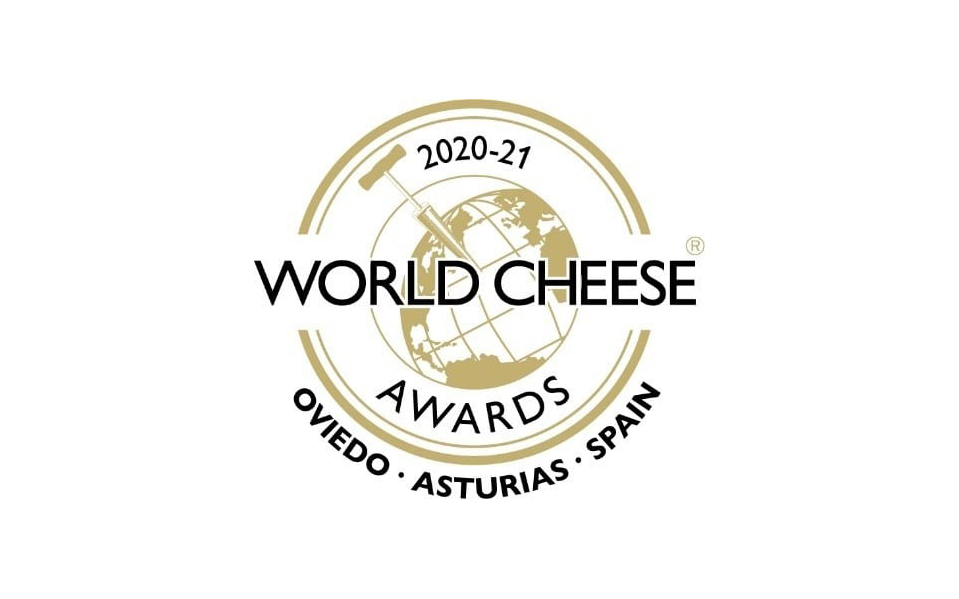Cheese
Cheese
Cheese: “The Four Aces”
Asturias is the largest cheese-making area in Europe with just over 40 varieties of cheese made from cow, sheep and goat milk or from various combinations. Most of them are artisanal. They are consumed as a dessert, but also as an appetiser at the beginning of a meal or as a tapa. They can also be used to make sauces for meat.
Visitors can buy boards with several kinds of cheese in shops in case they want to take a selection of them back home
There used to be a legendary group, “The Four Aces”, that sang typical Asturian songs. Their name could equally be used to refer to the four major Asturian cheeses that are known for their outstanding quality and designations of origin:
Cabrales
Buttery, with a strong flavour and aroma. This is the most famous and the first to obtain its protected designation of origin. Its quality depends on the mixture of the milk (cow, sheep and goat but it can also be made of one type of milk; in that case, cow milk). It greenish/grey tone due to “penicillium” ranks it among the so-called “blue” cheeses. It matures in natural caves in the Picos de Europa mountains. Traditionally, the cheese was wrapped in vegetable leaves. However, this has been replaced by green aluminium foil (www.quesocabrales.org).
Gamonéu
This is the most expensive when sold in auctions and markets. It is produced in the Cangas de Onís area and its vicinity. It features a consistent crust, firm paste, and a lightly smoked flavour. The flavour is strong and slightly bitter. It is made from raw cow, sheep or goat milk and has mild “penicillium” spots near the edges. (www.dopgamoneu.com)
Casín
Although it may be made of a mixture of three types of milk, the base is the “casina” cow, which is very typical in the council of Caso, from where it takes its name. The name of the product is engraved on the cheese. It is a pasty cheese, with a strong flavour and made from raw cow's milk. (www.dopquesocasin.es)
Afuega´l Pitu
Made from cow's milk, it has a peculiar conical shape, although it also comes in another format, the so-called “trapu” (cloth), where it is moulded within a piece of cloth hanging from a structure, which leaves wrinkle marks on the cheese It can be white or with paprika, which gives it an orange tone. It is produced in the councils in central Asturias (Morcín, Riosa, Santo Adriano, Grado, Salas, Pravia…). It is said that its name, which could be translated as “hog the throat”, is due to its powdery consistency. (www.doafuegalpitu.com)
Asturias is the biggest cheese-making region in Europe, one of the reasons Oviedo will be hosting the next World Cheese Awards.

